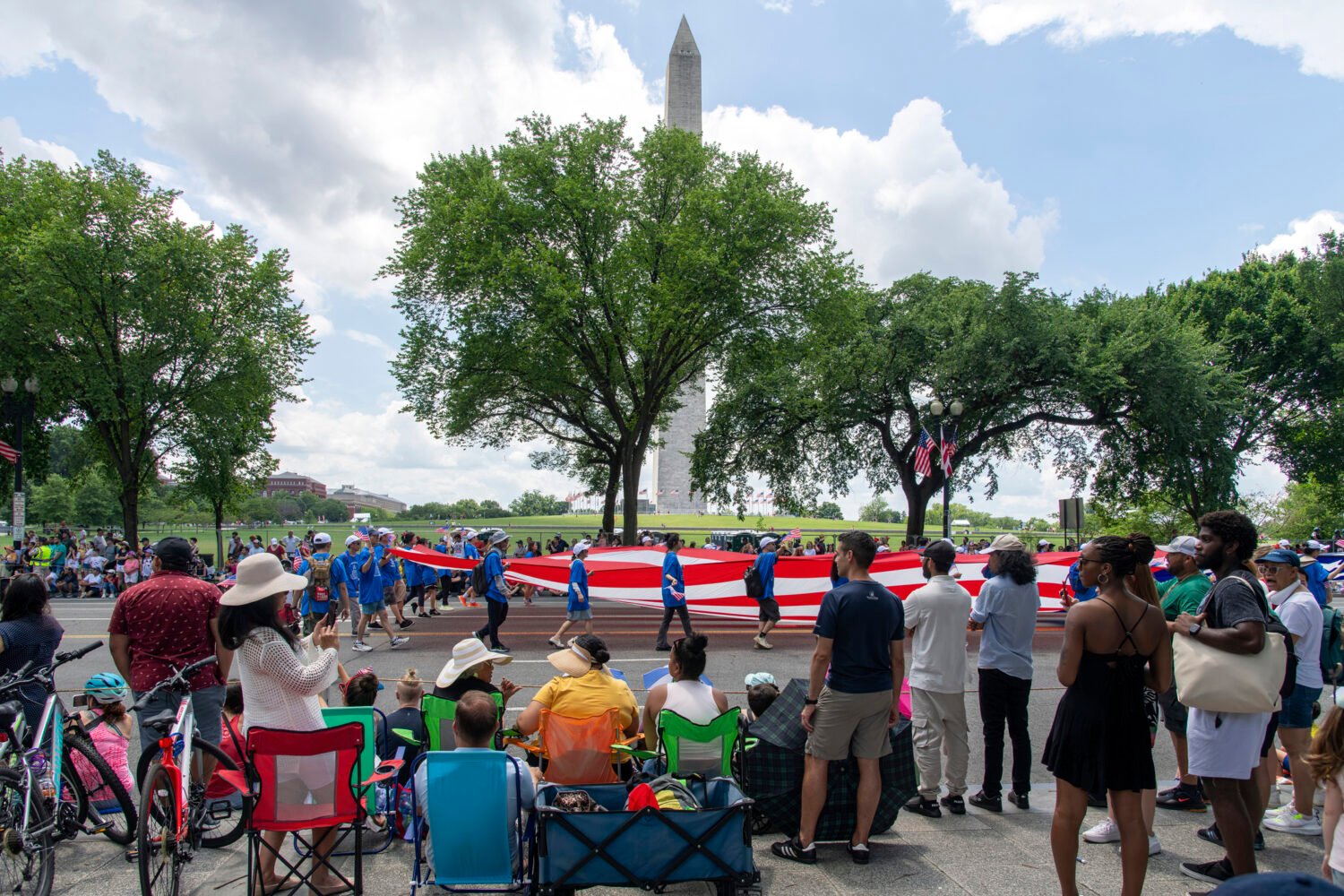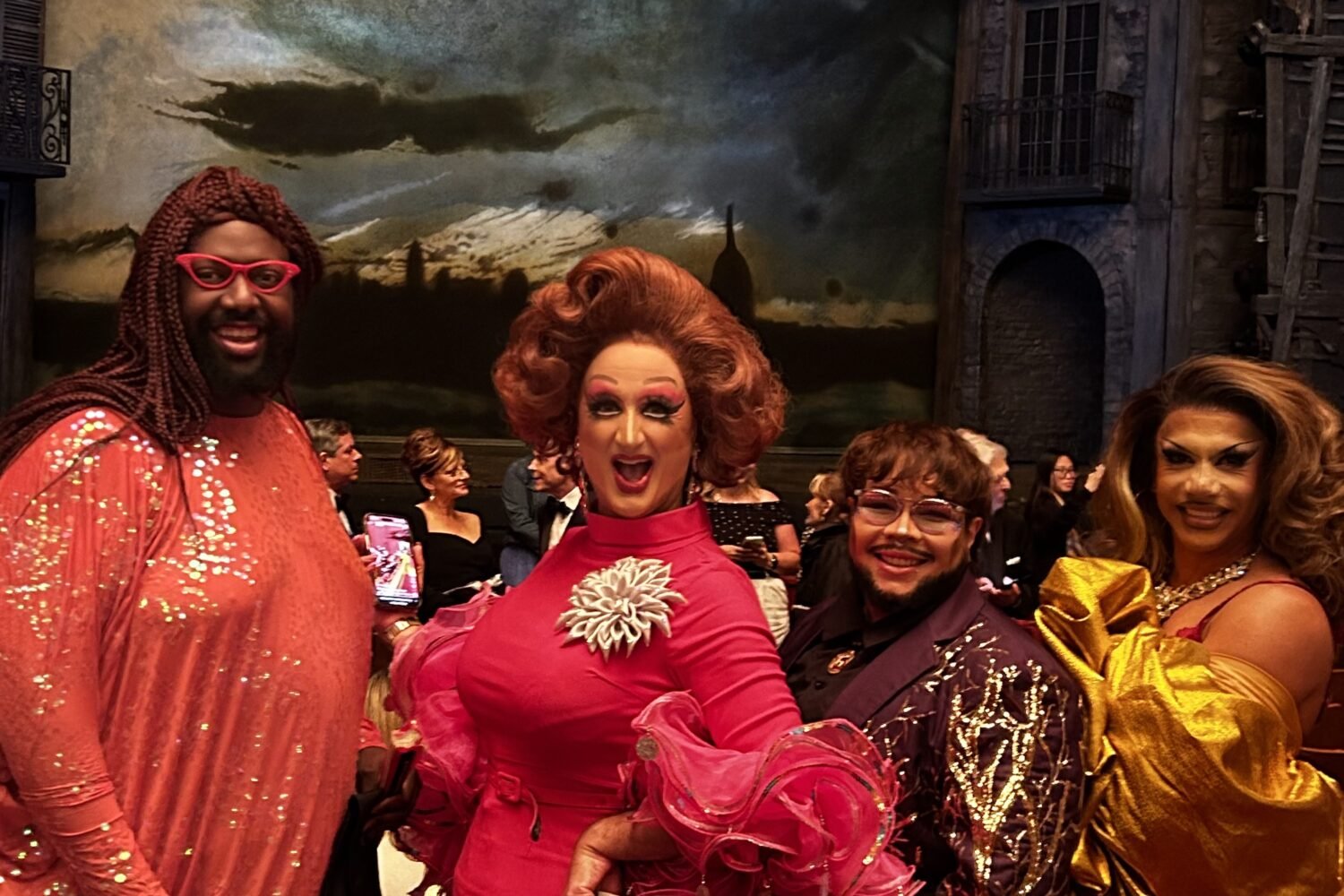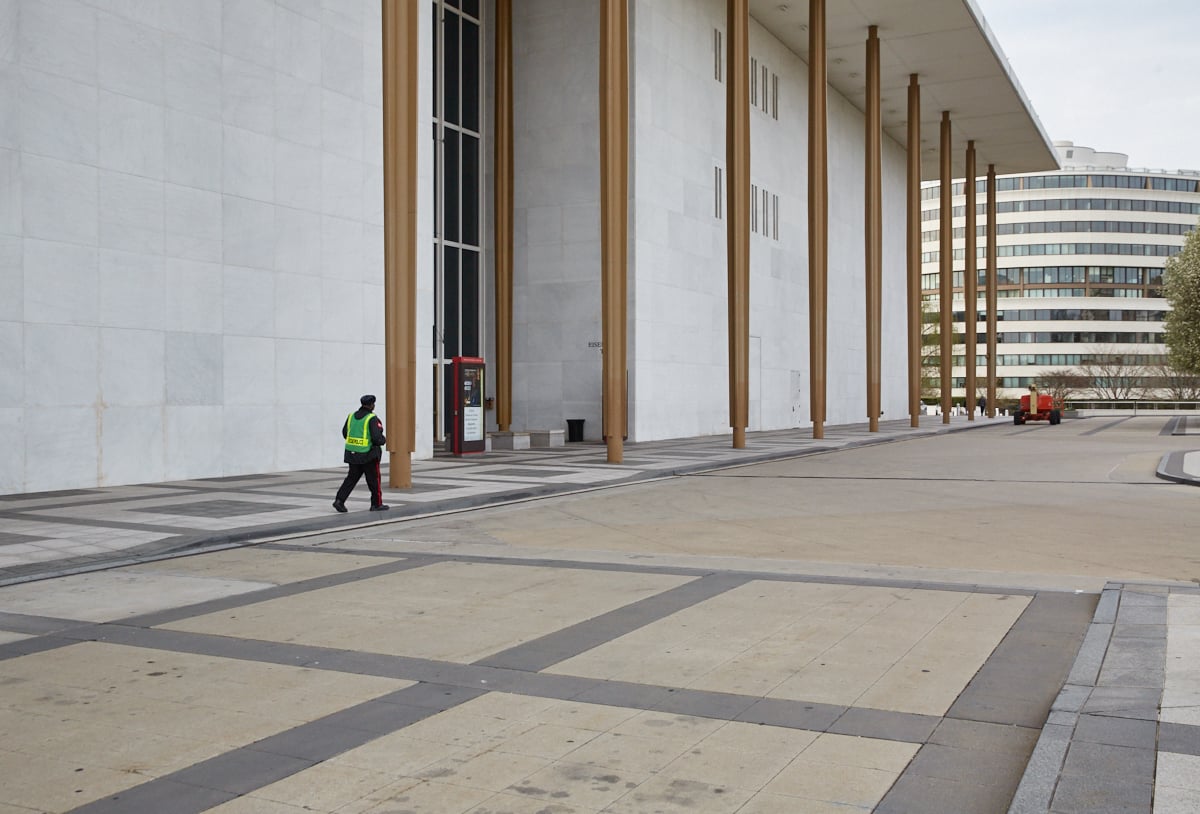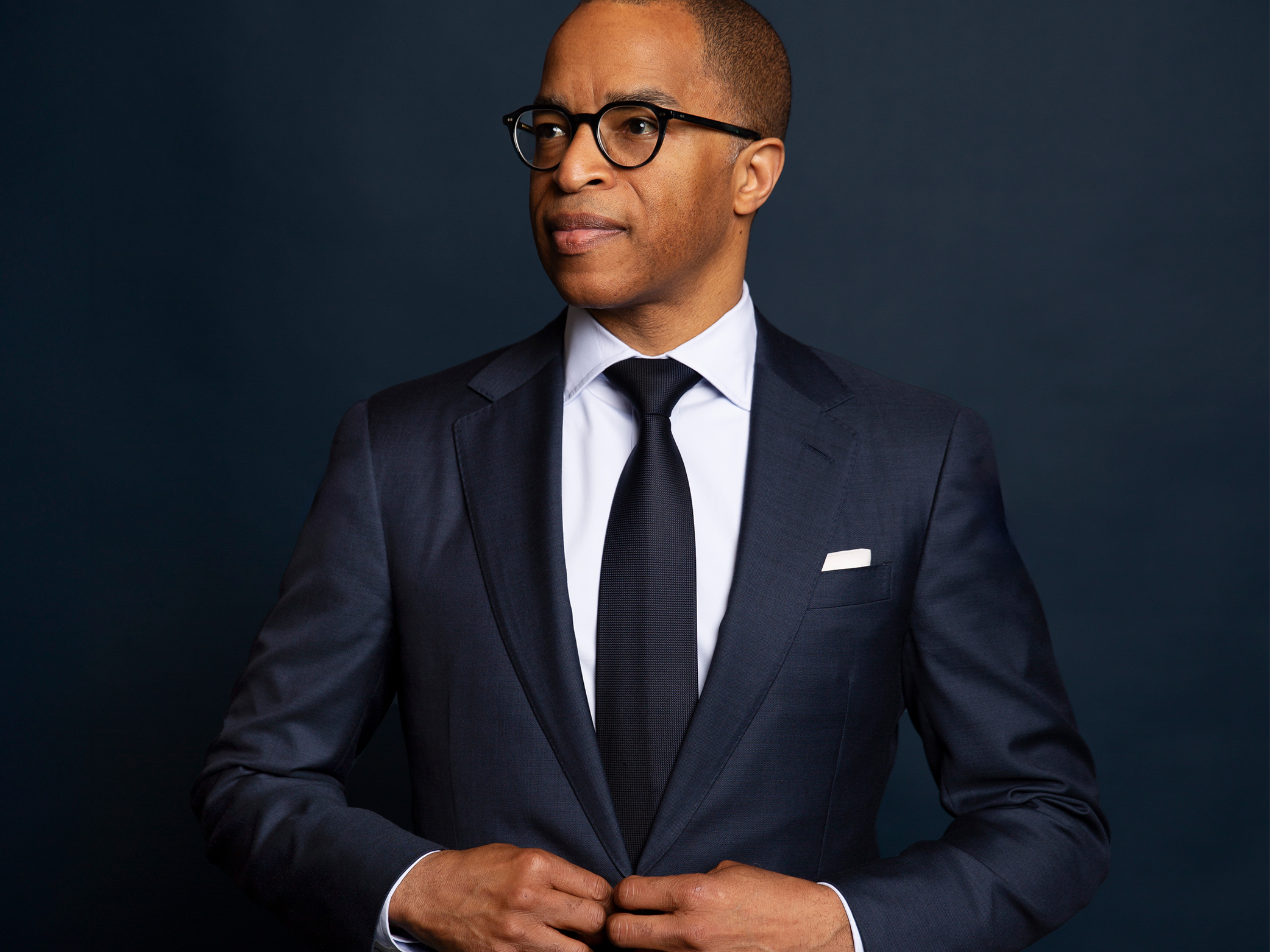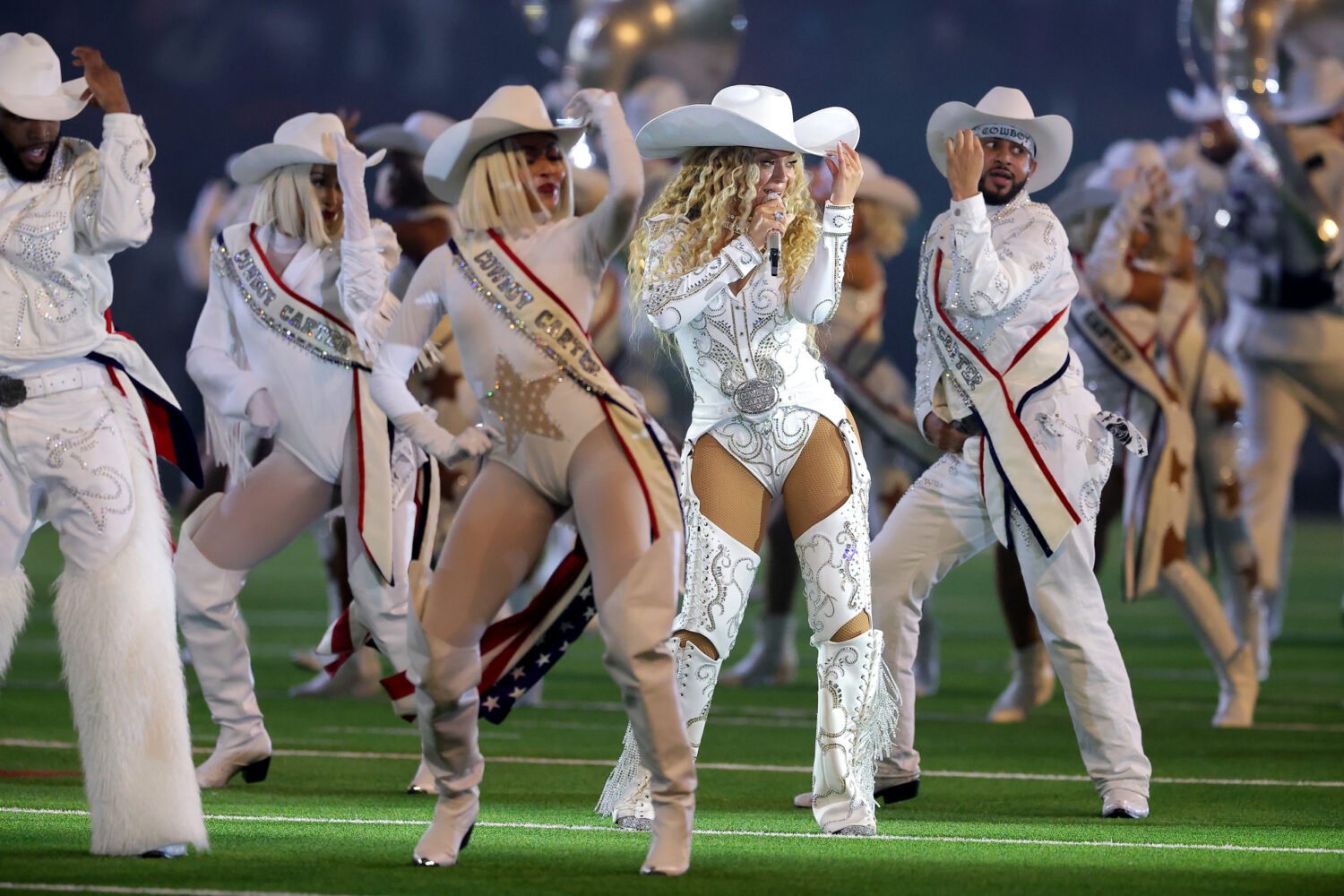The performances, exhibits, and other events worth your time this month.
JQA
Arena Stage, March 1–April 14
Aaron Posner’s new work about John Quincy Adams ($92 to $115) is the latest entry in Arena Stage’s Power Plays series, an ongoing project in which playwrights—including big names like Eve Ensler and Lawrence Wright—tackle influential figures from throughout history, decade by decade. We talked to artistic director Molly Smith about how they pick their subjects.
What characteristics make certain powerful people stage-worthy?
We give [selected playwrights] information about what happened during that ten-year period, and they’ll [often] come in with an idea of something they want to write about, or a moment in the nation’s history they’ve been fascinated with since they were young. Every single one of them has a different perspective. The only thing we’re careful about is that the idea behind the plays is distinctive.
Why does John Quincy Adams make a good subject?
I think he was absolutely brilliant, yet to many people he was ineffectual. He really distinguished himself for what he did outside of the presidency. He was a great thinker on the nature of democracy.
What do you want audiences to leave with?
Well, in this particular show, I would love for them to go out talking about the nature of democracy and what it means and how it’s changed and how it affects their lives.
With all the news happening, do you see theater as a way to escape what’s going on or to better engage with it?
This is the most exciting time in my life to be directing and producing theater—bar none. That’s because audiences are hungry to come together as a community. They’re hungry to dig into difficult and complicated situations and stories. They’re eager to sit with other people in the audience and respond as a group. That’s powerful. I mean, we’re in a moment where all of our democratic institutions are being shaken like an earthquake. This is a moment when writers in the US are interested in looking at our political systems more than at any time during my career.
Two new exhibits focus on the power of women in politics—and no, we aren’t talking about the 116th Congress:

“Queens of Egypt”
National Georgraphic Museum, March 1–September 2
The concept: Cutting-edge research and imaging techniques have revealed new discoveries from the Valley of the Queens, resulting in a fresh look at the lady rulers of Egypt’s New Kingdom.
Don’t miss: A quartet of imposing female goddesses with lions’ heads; the 18-foot-long “Harem Conspiracy Papyrus,” which tells the story of the attempt by Ramses III’s harem to assassinate their pharaoh. $15.

“Empresses of China’s Forbidden City, 1644-1912”
Freer | Sackler, March 30–June 23
The concept: This exhibit examines five empresses via everyday objects, many of which are leaving China for the first time. It portrays the day-to-day lives of women in the Qing dynasty with nuance and color.
Don’t miss: An aqua-blue 18th-century silk robe embroidered with vases; a gold stupa that protected a lock of an empress dowager’s hair. Free.
Fleetwood Mac
Capital One Arena, March 5
The beloved band’s lineup has been in flux for much of its half-century career, so fans shouldn’t sweat the departure of Lindsey Buckingham too much—especially with the underappreciated Christine McVie back in the fold and a couple of intriguing musical additions: Crowded House’s Neil Finn and Tom Petty and the Heartbreakers guitarist Mike Campbell. Go your own way, indeed. $99.50 to $2,812.
Queen of Basel
Studio Theatre, March 6–April 7
Playwright Hilary Bettis (previously a writer on The Americans) reimagines a 130-year-old August Strindberg play, Miss Julie, in modern-day Miami. In the original—which was banned in Sweden for its frank sex talk—a count’s daughter hooks up with a servant. Here, the examination of class and privilege plays out around Art Basel and a South Beach hotel. $20 to $80.
Trailblazer: A Pioneering Journalist’s Fight to Make the Media Look More Like America by Dorothy Butler Gilliam
Politics and Prose (Connecticut Avenue), March 7

The longtime Washington Post reporter, editor, and columnist will fill in a local crowd on her new memoir at this appearance (free). We asked Gilliam what it was like to start her job as the paper’s first black female reporter.
- “I had something in my mind that one of my college professors said: ‘You have so many handicaps, you’ll probably make it.’ I thought, ‘Handicaps? My race and my gender are considered handicaps?’ Things I have no control over. That was kind of passing through my mind.”
- “I knew that I wanted the job, that I wanted to do the job well, and I would do the job to the best of my ability. I felt like I was prepared; I wasn’t. I hadn’t had daily-newspaper experience, except at Columbia. I knew I had to gain experience writing for a daily paper, writing quickly. So I had those thoughts in my mind: This is going to be tough.”
- “But I came of age in a strong family. I had a dad who was a minister, a mom who—both of them had some higher education. I came of age in a religious community, where I was taught that I was special and that I could do unusual things.”
- “The Post was an exciting place to work. I can remember I was sent on an assignment—a very routine assignment to the White House when John F. Kennedy was President. Just being within shouting distance of him, I thought I was going to faint. But I didn’t faint. I got the story.”
“Rise Up: Stonewall and the LGBTQ Rights Movement”
Newseum, March 8–December 31

The couple at the center of the Supreme Court’s 2015 same-sex-marriage decision, Jim Obergefell and John Arthur, provide one of this exhibit’s emotional highlights. After Arthur died, Obergefell fused their wedding rings into a single band (above), marking their short-lived—but world-changing—union. It’s just one of the many objects on display, along with such historic artifacts as the original rainbow flag, stitched together by a man who referred to himself as “the gay Betsy Ross.” $24.95.
Robyn
The Anthem, March 9
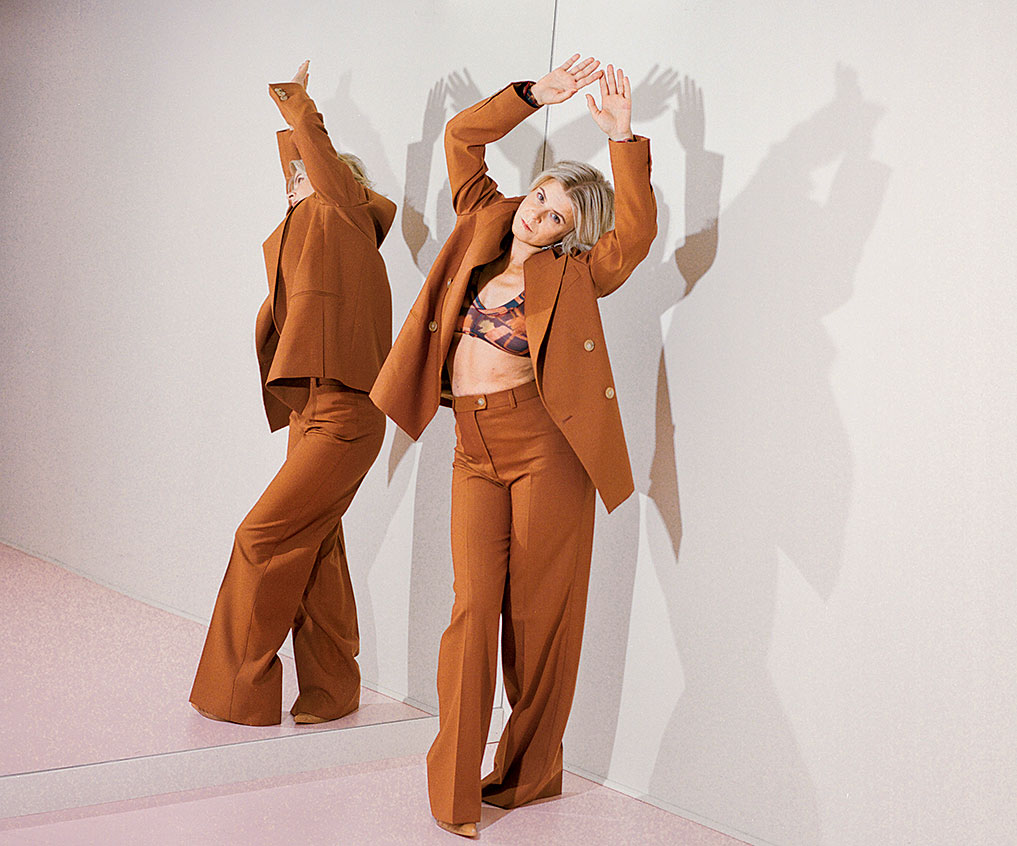
The Swedish dance-pop star is probably best known for “Dancing on My Own,” but there’s no better way to experience her atmospheric anthems than in a big crowd of like-minded Robyn acolytes, all moving in unison as she spins that happy-sad magic. Her latest album, Honey, is a long-awaited return, so expect extra enthusiasm from the faithful. $55 to $75.
“Tintoretto: Artist of Renaissance Venice”
National Gallery of Art, March 24–July 7
Happy birthday, Venetian artist Jacopo Tintoretto! It’s been a heck of a half millennium. First there was that whole “last great painter of the Renaissance” thing, with famed paintings such as “Last Supper” and “Susanna and the Elders” that earned you master status. Now comes this major retrospective, which brings some of your best work to the US for the very first time. That certainly seems worth celebrating. Free.
Travis Scott
Capital One Arena, March 12
With all the focus on Scott’s tabloid-fodder relationship with Kylie Jenner, it’s easy to forget that the auto-tuned Houstonian produced one of the best rap LPs of 2018. Titled Astroworld, it has an amusement-park theme—which explains why his current stage show finds him cruising out over the audience on a custom-built roller coaster. $40 to $400.
“Artists Respond: American Art and the Vietnam War, 1965-1975”
Smithsonian American Art Museum, March 15–August 18
From Yoko Ono to Judy Chicago, this exhibit looks at how visual artists grappled with the Vietnam era. Nearly 100 works by 58 artists are on display, including Ed Kienholz’s “The Non-War Memorial,” which splays uniforms across the floor to evoke corpses, and Martha Rosler’s “Red Stripe Kitchen,” which depicts soldiers intruding on a sparkling home to illustrate the invasion of war into people’s lives. Free.
Monterey Jazz Festival on Tour
Strathmore, March 21
The venerable festival is going on the road, offering up a youthful sextet fronted by three charismatic women: Chilean saxophonist Melissa Aldana, Canadian trumpeter Bria Skonberg, and—the event’s biggest draw—budding jazz-vocal superstar Cécile McLorin Salvant. It’s very much a group effort, but let’s hope they save plenty of room for Salvant’s incandescent singing. $38 to $68.
“Ursula von Rydingsvard: The Contour of Feeling”
National Museum of Women in the Arts, March 22–July 28
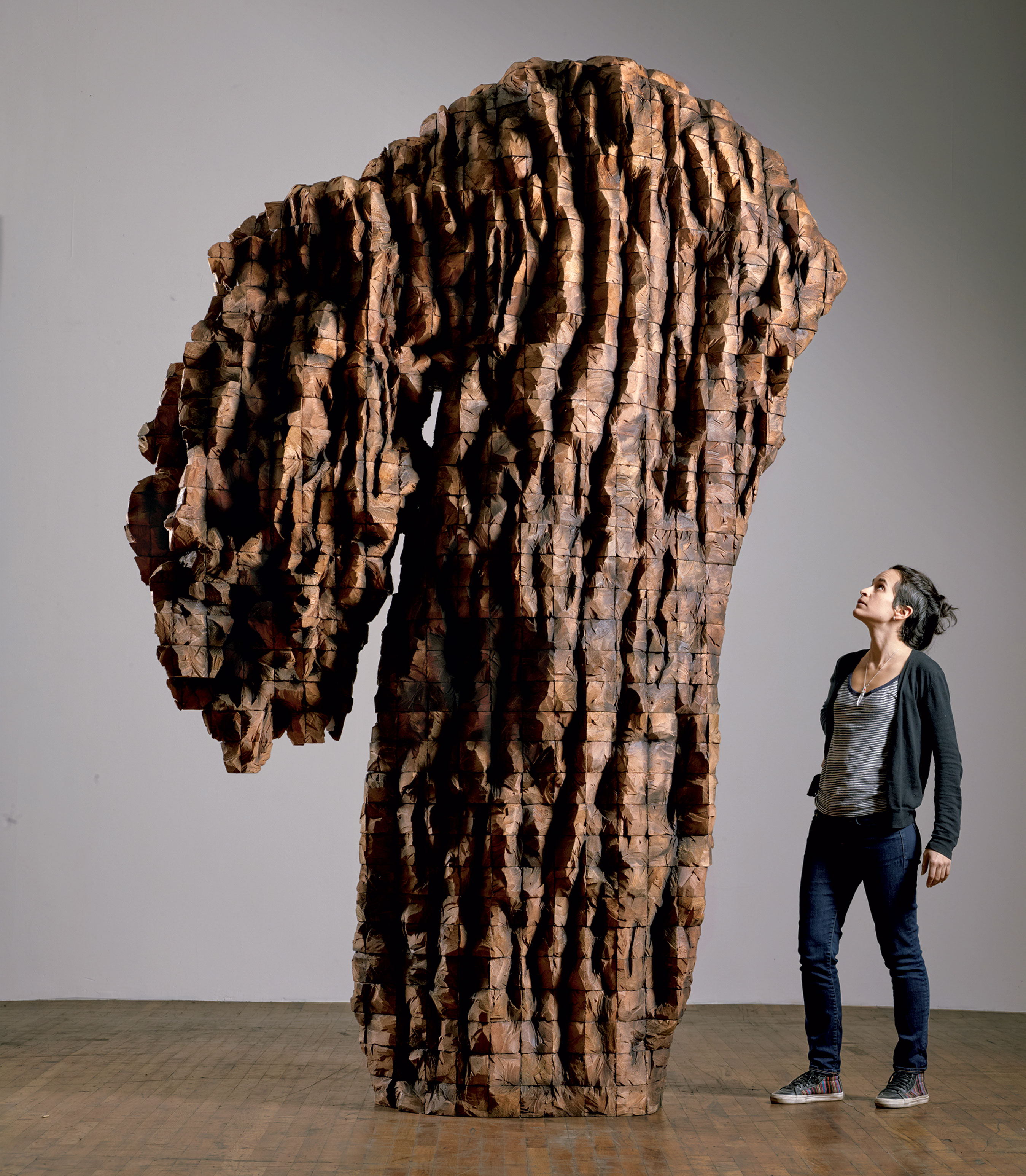
Enormous abstract sculptures made of cedar and other organic matter are the trademark of Ursula von Rydingsvard, an artist who spent much of her childhood in post-WWII refugee camps before emigrating to Connecticut in 1950. In her biggest US exhibit to date, von Rydingsvard showcases her sometimes surprising use of materials, such as the cow intestines that form a veiny, paper-like sheet in “Untitled (Stacked Blankets).” $10.
San Francisco Symphony
Kennedy Center, March 23
Renowned conductor Michael Tilson Thomas will step down as the San Francisco Symphony’s music director next year, which makes this his final Washington performance at the helm of the orchestra he’s run for the last 25 years. On the program: Beethoven’s warhorse “Eroica” symphony as well as one of Thomas’s own compositions, “Agnegram.” $50 to $135.
Bon Iver & TU Dance ’s Come Through
Kennedy Center, March 25
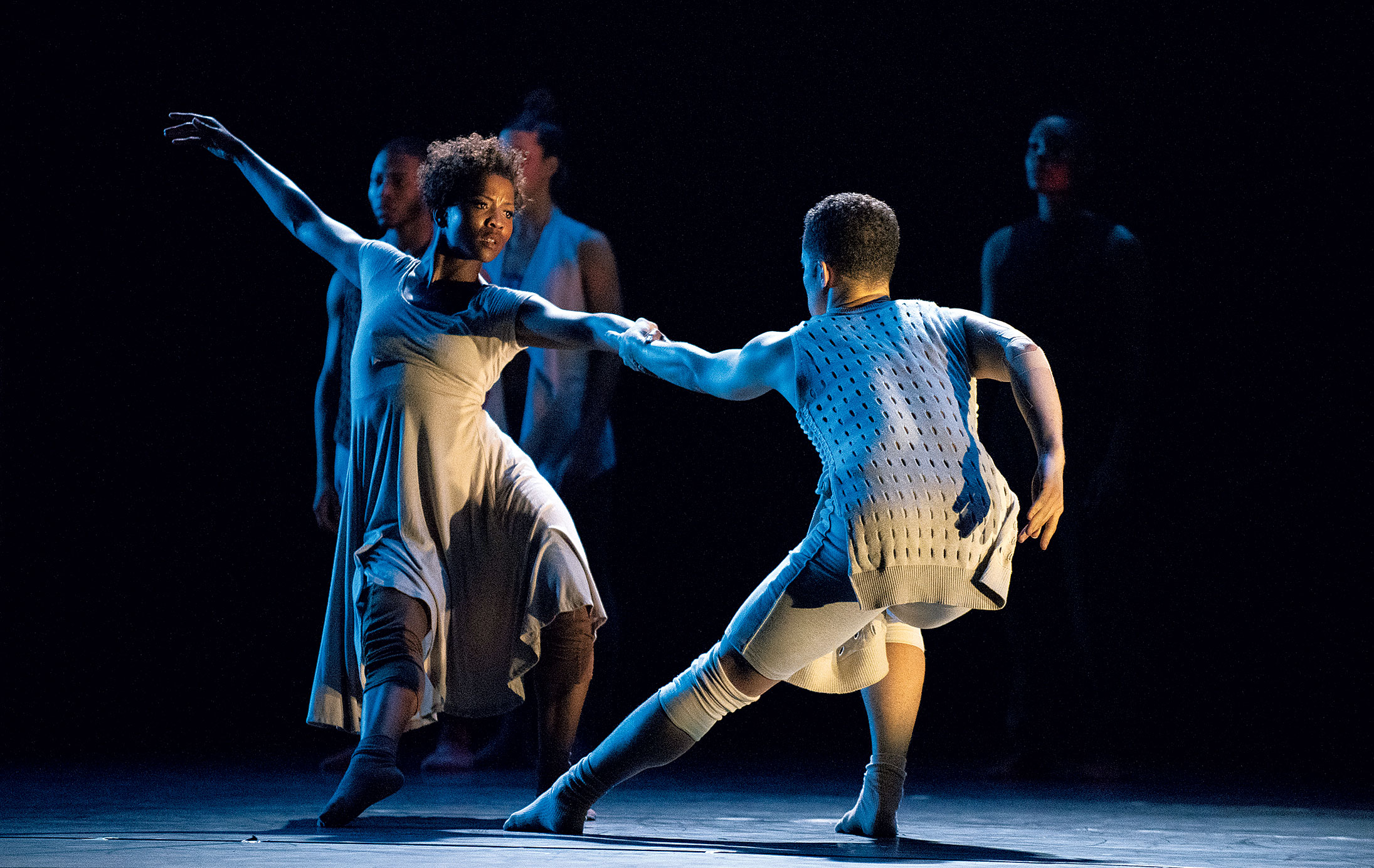
Remember Justin Vernon’s collaboration with Kanye West? Now the Bon Iver frontman is doing a different kind of team-up, working with an African-influenced Minnesota contemporary-dance troupe on an original work that fuses choreography with Vernon’s music. The band will perform the score live, so it’s basically a concert and dance performance in one. $49 to $189.
Ariana Grande
Capital One Arena, March 25
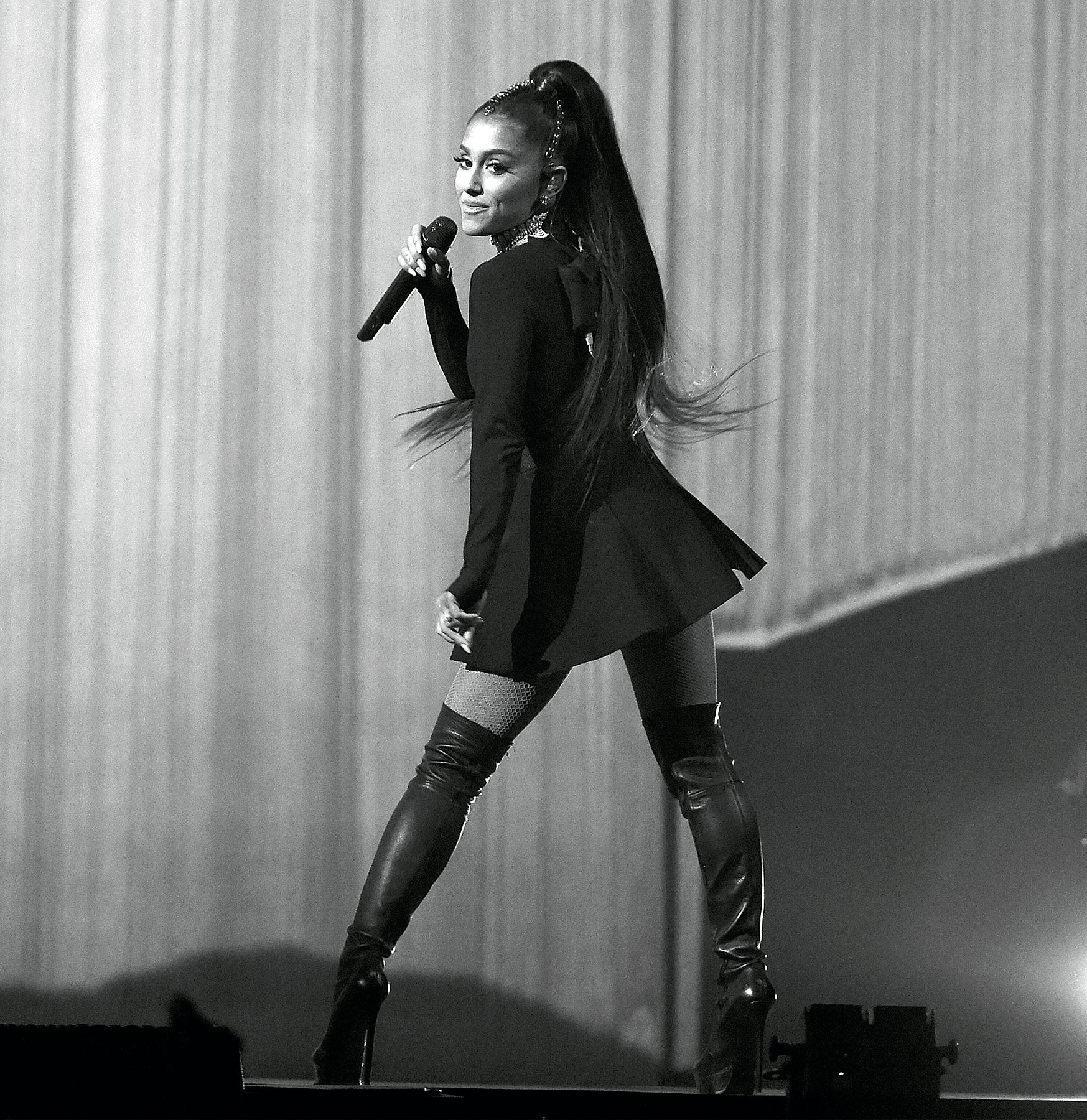
Remember back in November when your entire office crowded around a computer to watch the premiere of Ariana Grande’s “thank u, next” video? (Or maybe that was just us.) Now you can go see America’s most exciting young pop star swing her ponytail in person. She’ll be performing songs from last year’s smash album Sweetener, along with irresistible tracks like “Imagine” from her next collection, due soon. $105 to $1,098.
The Blackbyrds
Bowie Center for the Performing Arts, March 30

Founded at Howard University in 1973 by the late jazz musician Donald Byrd and some of his students, this funk band was revived in 2012 by original drummer Keith Killgo. We happen to be big fans of their DC-themed hit “Rock Creek Park,” an ode “doing it in the park, doing it after dark, oh, yeah.” So we asked Killgo (second from left above) for the inside scoop. (Ticket prices not available at press time).
What exactly does one do in the park after dark?
Plenty of things. It’s where you take your girlfriend with a bottle of wine. After dark, the whole scene changes: the bugs, the sounds, the creatures that crawl around. For me it, was more fun. You could be kind of spooky. Yeah, lots of wonderful things happen after dark.
Have you taken someone special there?
Absolutely. In high school, that was one of the best spots to go. Also, it was sometimes just a place to get away from everything and think, meditate, look at the stars.
The whole song is basically “doing it in the park / doing it after dark / oh, yeah / Rock Creek Park.” Did you ever think about writing more lyrics?
No. I mean, music to me—if you can’t think of anything else, then you’re done. Some statements say everything. It doesn’t take a soliloquy to get the point across.
Wherever the Sound Takes You: Heroics and Heartbreak in Music Making by David Rowell
Politics and Prose (Connecticut Avenue), March 31
An editor at the Washington Post Magazine, Rowell is also a drummer and music fanatic. This book combines those talents, using a series of evocative case studies to investigate why musicians are drawn to the particular sounds they make—whether they happen to be a toothless Appalachian spoon player or a metal band called Pig Destroyer. Free.
This article appears in the March 2019 issue of Washingtonian.





